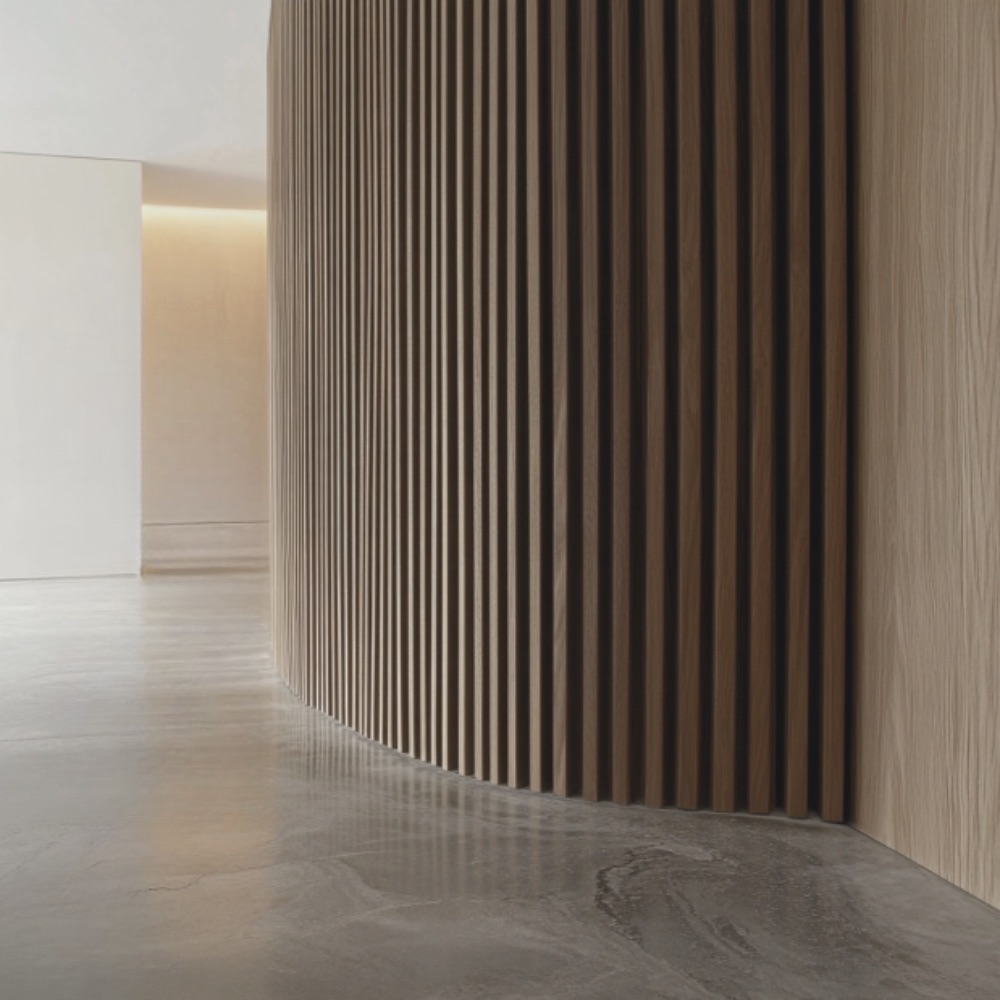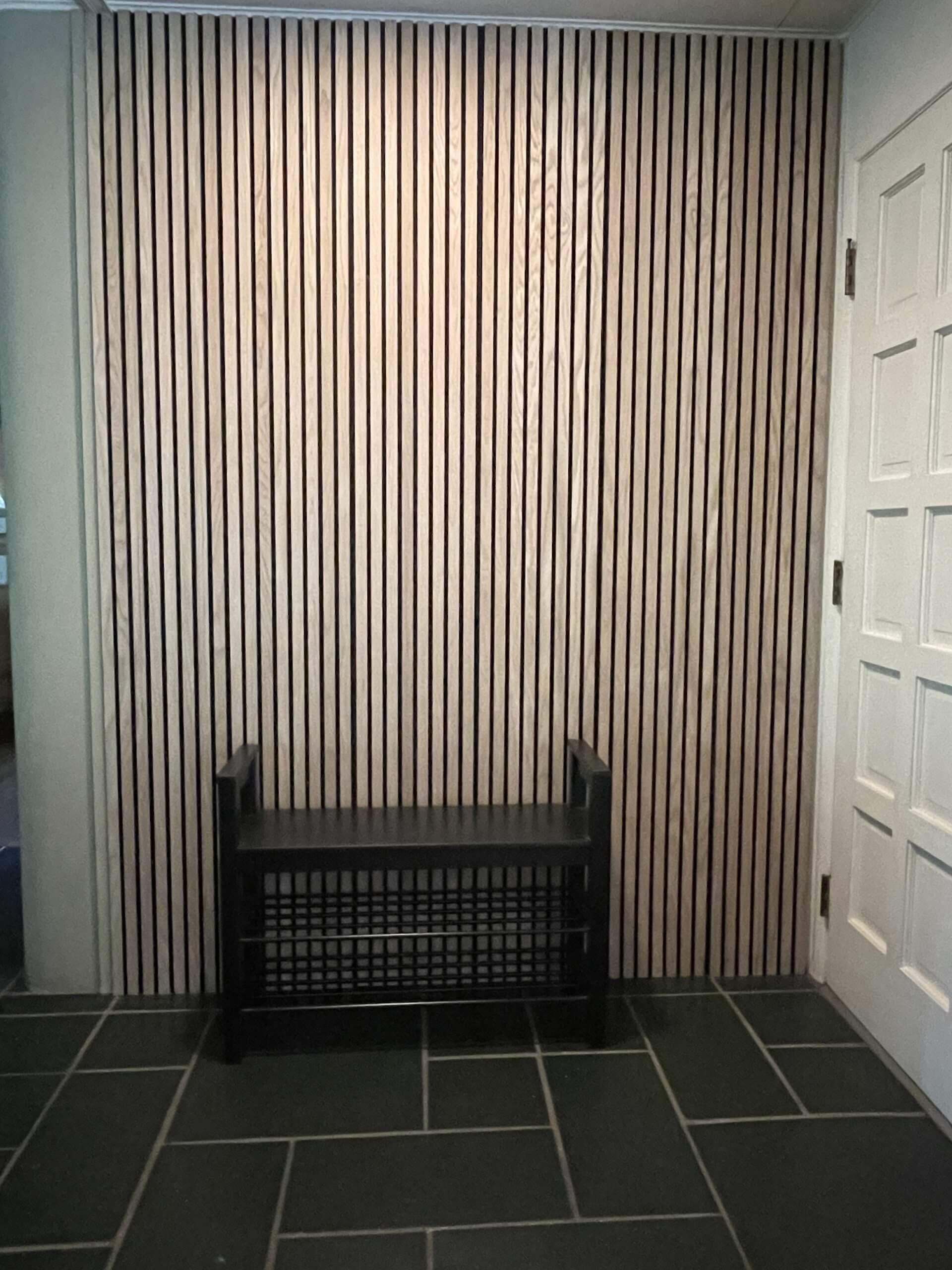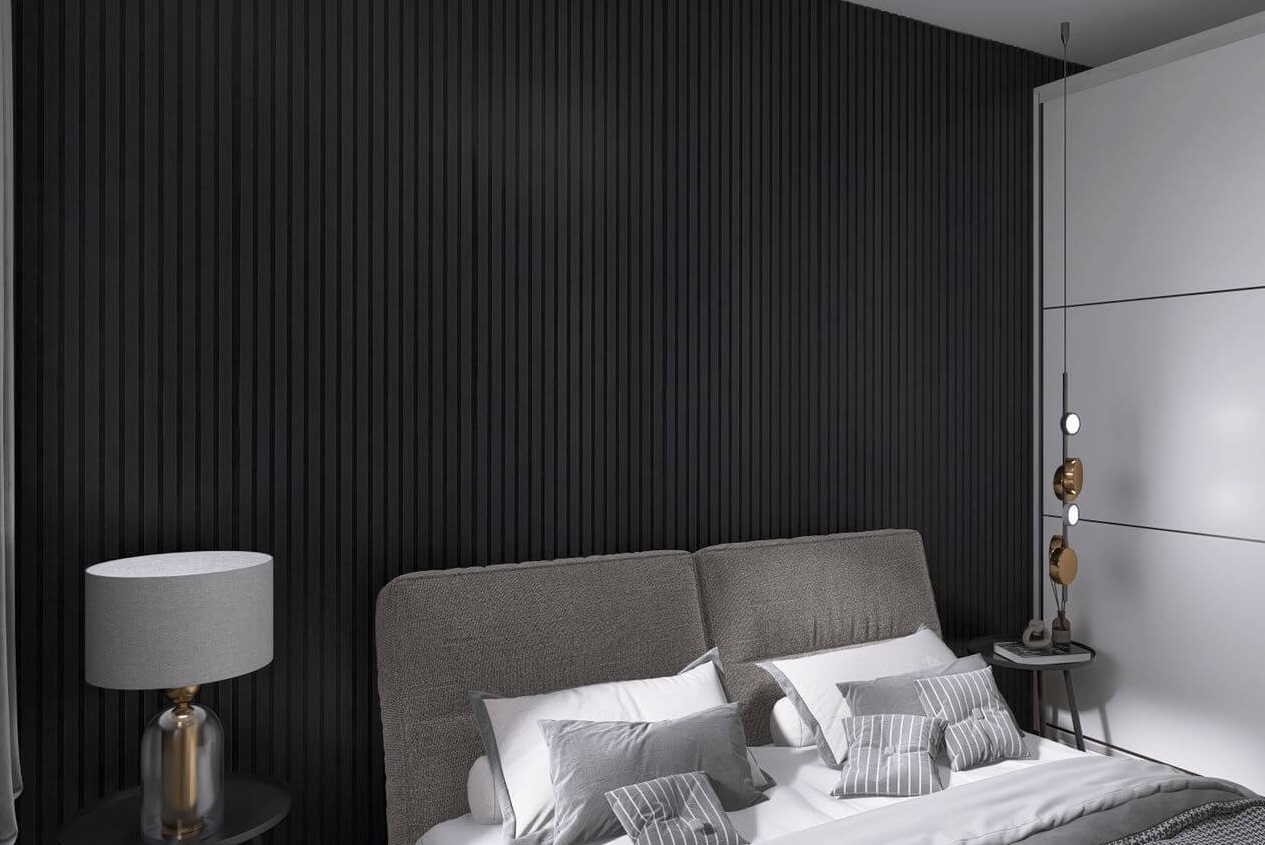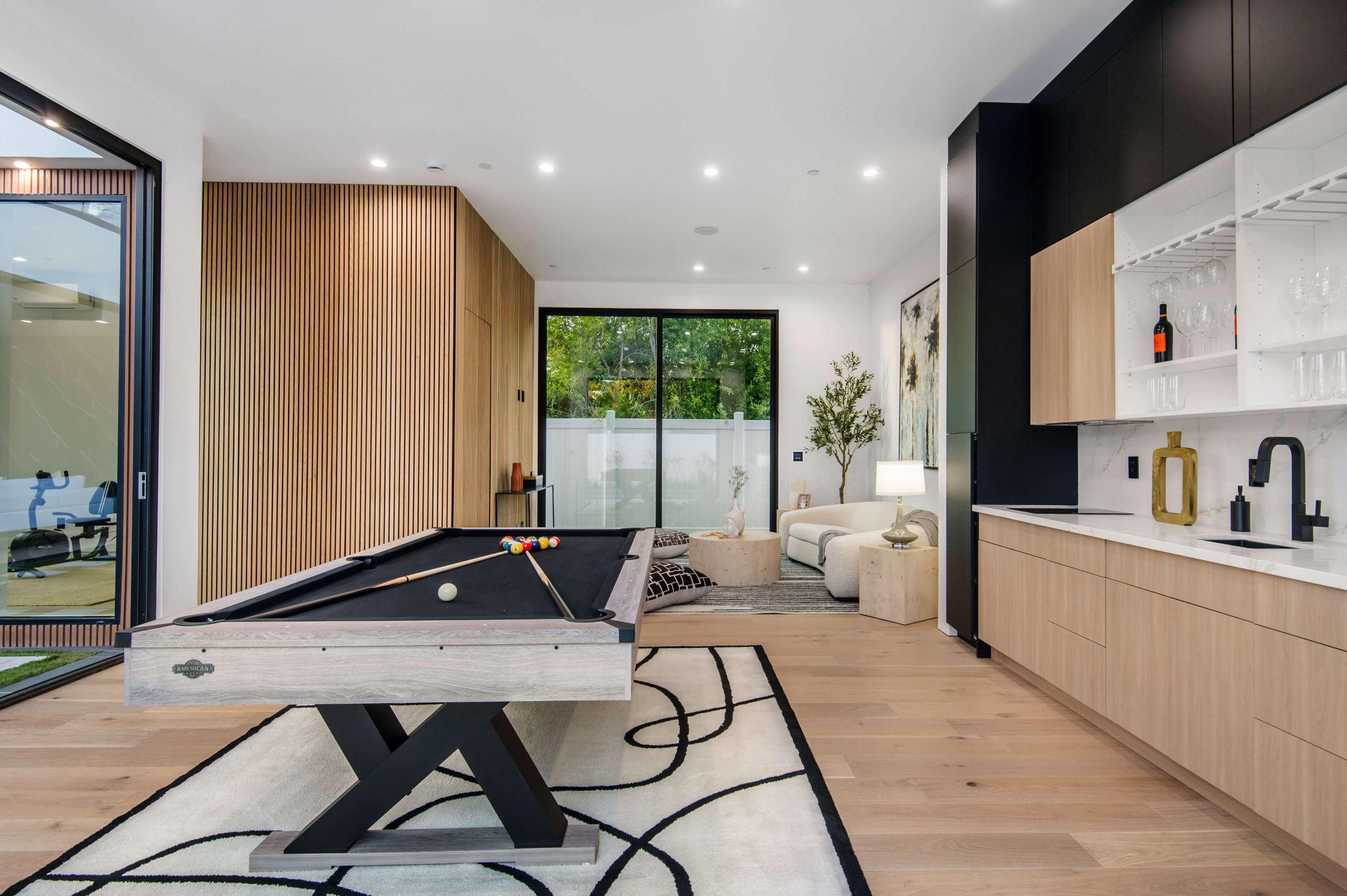Flexible Panels That Bend with Curved Walls
When you’re working with curved walls, traditional flat panels just won’t cut it. They leave gaps, resist installation, and often crack under pressure. That’s where flexible panels step in to save the day. These bendable, durable materials are designed to hug the curves instead of fighting them. Whether you’re dealing with archways, round corners, or custom-shaped surfaces, flexible wall panels give your space a seamless finish.
Here are just a few reasons why they’re ideal for curved walls:
- Easy to cut, shape, and install
- Conform naturally to rounded surfaces
- Offer a smooth, polished look without warping
- Available in wood, MDF, PVC, and other smart materials
Looking for modern, flexible panels that impress? Check out our top-quality selection of wood wall panels that flex and flow with your design.
Top Panel Types That Work with Curved Walls
Not all panels are built to bend. If you want the best fit for curved walls, it helps to know your options. From sleek wood designs to stylish composite choices, there’s a flexible panel out there to match every room.
Here’s a list of panel types that work well for curved walls:
- Flexible Wood Veneer Panels
- Real wood beauty with thin construction
- Bends easily without cracking
- Great for cozy, warm spaces
- PVC Wall Panels
- Lightweight and water-resistant
- Perfect for bathrooms or kitchens
- Easy to clean and mold-resistant
- 3D Wall Panels (Flexible Version)
- Add depth and texture
- Made from soft foam or bendable composite
- Ideal for feature walls and creative designs
- MDF Slat Panels (Grooved)
- Pre-cut grooves help it curve better
- Can be painted or laminated
- Works great in offices or theaters
- Flexible Acoustic Panels
- Combines soundproofing with flexibility
- Smart choice for music rooms or home cinemas
Want to go even deeper? Learn how to use flexible panels in any room by visiting our expert guide right here.
What to Look For in a Flexible Panel for Curved Walls
Picking the right panel isn’t just about looks. You also want something that lasts, installs easily, and suits your room’s vibe. Curved walls are special, and they need special care.
Here are key things to consider:
- Bend Radius: How much can the panel curve before breaking?
- Material Type: Wood looks rich, but PVC handles moisture better.
- Finish and Color: Lighter tones can make small curved spaces feel bigger.
- Size and Thickness: Thinner panels usually flex better.
- Installation Method: Peel-and-stick vs. nail-on vs. adhesive glue
| Panel Type | Best For | Flexibility Level |
|---|---|---|
| Wood Veneer | Living rooms, bedrooms | Medium-High |
| PVC Panels | Kitchens, bathrooms | High |
| Acoustic Foam Panels | Studios, theaters | High |
| MDF Slatted Panels | Offices, media rooms | Medium |
| 3D Wall Panels (Soft) | Accent and feature walls | Very High |
Creative Ways to Use Panels on Curved Walls
Curved walls are a design opportunity, not a roadblock. With the right flexible panels, you can bring personality and warmth into any space. Think beyond basic paint or wallpaper—these panels make a statement.
Some clever ways to use panels on curved walls:
- Wrap a hallway arch with flexible wood slats to create a tunnel feel
- Cover a round column in a restaurant or kitchen with acoustic panels for style and function
- Add a soft 3D panel headboard that curves with the bedroom wall
- Turn a curved staircase wall into a gallery with rich wood grain panels
- Line a cozy reading nook with bendable panels to enhance comfort and style
The key is to treat curved walls as an asset. With flexible panels, you can turn an awkward shape into the most stunning part of the room.
Common Questions About Panels for Curved Walls
Do all wall panels bend?
Nope. Most standard wall panels are stiff and can’t flex around curved surfaces. Flexible panels are specially made to bend without cracking.
Can I use flexible panels outdoors?
Some PVC and composite panels are built for outdoor use, but most wood panels aren’t weather-resistant unless sealed properly.
How do I cut flexible panels?
You can usually use a sharp utility knife or fine-toothed saw. Always follow the manufacturer’s advice to keep cuts clean.
Will the panels fall off curved walls over time?
Not if you use the right adhesive or fasteners. Clean surfaces and follow install instructions closely.
How do I clean them?
Most flexible panels just need a soft cloth and gentle cleaner. Avoid harsh chemicals, especially on wood finishes.
Need reliable options fast? Check out our wide range of panel styles that hug curves with ease at this trusted shop.
Why Flexible Panels Are a Smart Long-Term Choice
Investing in flexible wall panels pays off. Not only do they solve the challenge of curved walls, but they also offer a timeless style and structure boost. They’re tough, trendy, and made to last. No more gaps, cracking paint, or uneven finishes. Just smooth, stunning surfaces that fit like a glove.
Whether you’re updating your home, renovating a business, or starting a brand-new design project, flexible panels make things easier. They bring freedom to your ideas and let your creativity bend the rules.
Ready to upgrade your curved walls? Don’t settle for less. Go for a flexible, beautiful finish that flows with your space—not against it.
Start your next design with panels that follow your walls perfectly.
FAQs
1. How do I know if a panel will bend enough for my curved wall?
If you’re unsure, check the panel’s bend radius in the product details. A tighter bend radius means it can flex more easily. As a general rule, thinner panels with slats or grooves tend to bend better. If you’re covering sharp curves or tight arches, look for soft materials like foam-based 3D panels or flexible wood veneer.
2. Can I install these panels myself, or do I need a pro?
You can definitely do it yourself! Most flexible panels are DIY-friendly, especially peel-and-stick types or those that use simple adhesive glue. Just take your time measuring, cutting, and pressing along the curve. If you’re dealing with a large surface or a tricky shape, a pro can help speed things up.
3. What’s the best type of panel for a bathroom or kitchen with curved walls?
Moisture-prone areas need panels that won’t warp or rot. PVC wall panels are your best bet—they’re water-resistant, easy to clean, and super flexible. They’re ideal for curved surfaces around sinks, bathtubs, and kitchen corners.
4. Will these panels stay on my wall, or do they peel off over time?
As long as you prep the surface properly and use the right adhesive, flexible panels should stay firmly in place. Make sure the wall is clean, dry, and smooth before installing. Some panels also come with nail or screw options for extra hold on trickier curves.
5. Do flexible panels come in different styles and colors?
Yes! You can find them in wood textures, matte finishes, high-gloss colors, and even 3D designs. Whether you’re after a modern look, rustic charm, or a sleek minimal vibe, there’s a panel style made to match. Many can even be painted or customized to fit your space.








